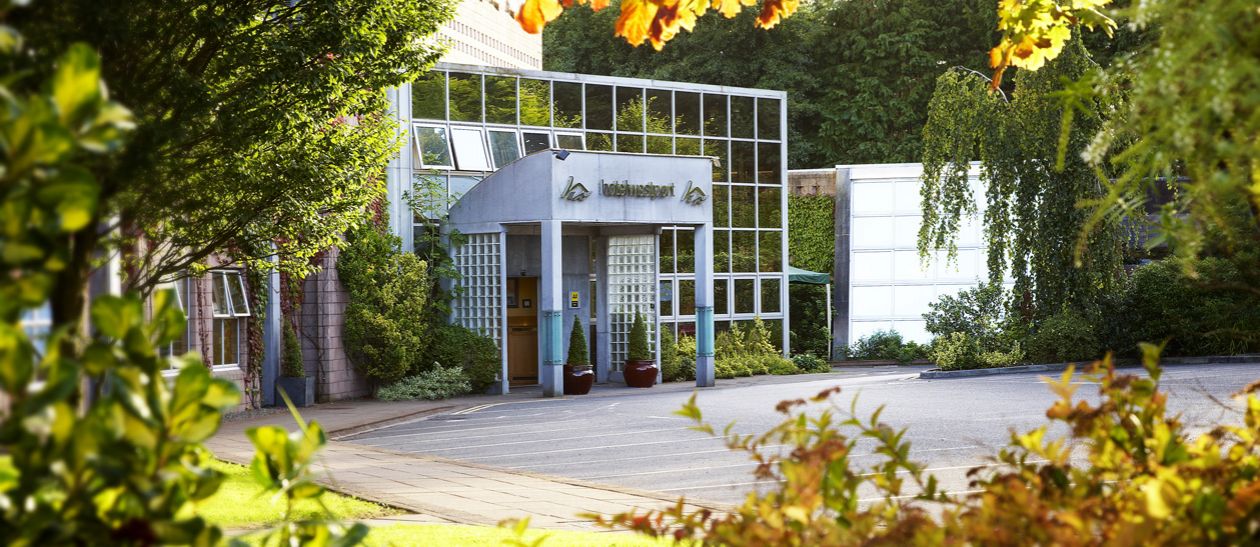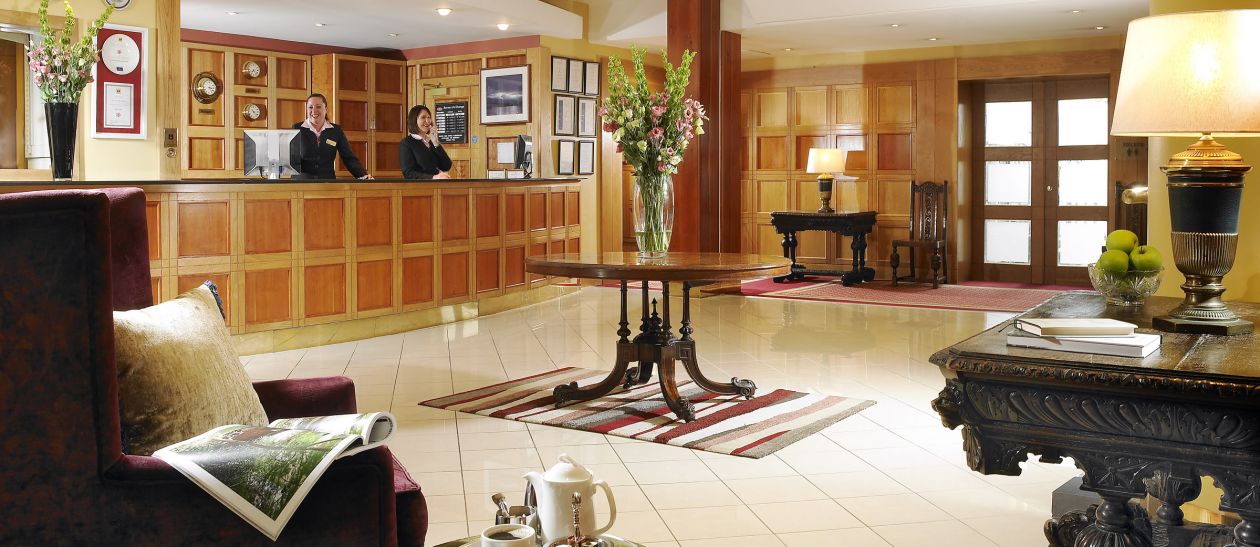Religious Attractions Around Mayo
Croagh Patrick Pilgrimage
8km (5 miles) west of Westport on the Louisburgh Road (R335), Croagh Patrick (pronounced Croke Patrick) stands at 764m (2,507ft) and is the third highest peak in Mayo, after Mweelrea and Nephin. Best known for its association with Saint Patrick, Ireland’s patron saint, who is said to have fasted for 40 days at the summit in 441AD, Croagh Patrick has been a pilgrimage destination since pre-Christian times.
Long before Saint Patrick’s arrival, the mountain was known by its ancient name of Cruchán Aigli, deriving from Cruach as a variant of ‘rick’ or ‘reek’, a reference to its distinctive conical shape. Hence, the mountain common local name, The Reek, spans the millennia. It was not until the 10th century that it became known for its link to Saint Patrick, taking the name Cruach Phádraig, and subsequently the anglicised version, Croagh Patrick.
The most popular route to the summit begins at the west end of Murrisk on the Louisburgh Road (R335) at the signposted carpark. The route is 7km (4.3 miles) long, round-trip; bring sturdy boots, rain-gear and layers, as the temperature can be much lower at the top, and the wind can be quite strong.
The Croagh Patrick Visitor Centre includes a coffee shop/self-service restaurant, as well as a craft shop. Hot showers, secure lockers and pay and display parking are also available. Guided tours to the Statue are available from the Centre during peak season with advance notice.
For more information log on to www.croagh-patrick.com
Callout Guidelines for the Public - May Mountain Rescue
In an EMERGENCY if you require the assistance from the Mountain Rescue Team dial 999 or 112. You will get through to an emergency operator who will ask you what service you require. State 'MOUNTAIN RESCUE' and the team/reagin you require i.e MAYO. You will be connected to a member of the mountain rescue who will ask you some questions.
For more information visit http://www.mayomountainrescue.ie/index.php/advice/call-out-guidelines
Knock Shrine
Knock Shrine in Knock, County Mayo is an international place of prayer and pilgrimage where over one and a half million people make their way every year. The story of Knock dates back to the 21st of August 1879 when fifteen people from the village witnessed an apparition of Our Lady, St Joseph, St John the Evangelist, an altar, cross and lamb. Following this miraculous event, numerous cures were reported, the first being that of Delia Gordon, a young girl from the neighbouring town of Claremorris who was cured of deafness. Since then pilgrims have come to Knock in search of healing, reconciliation and peace.
The personal pilgrimage of Pope John Paul 11 in 1979 to commemorate the centenary of the apparition and the visit of Mother Teresa of Calcutta in 1993 inspired an even greater devotion to the shrine.
Today Knock Shrine is set in one hundred acres of beautiful landscaped gardens with meandering pathways and a diverse range of flowers, shrubs and trees. The complex incorporates five churches including the apparition chapel, parish church and basilica, a religious books centre, caravan and camping park, Knock Museum, Café le Chéile and Knock House Hotel.
Services at the shrine include organised pilgrimages, daily masses and confessions, anointing of the sick, counselling service, prayer guidance and youth ministry. The Knock Novena runs in August every year.
Ballintubber Abbey
About seven miles south of Castlebar (the county town of Mayo), lies a village called Ballintubber.
Ballintubber's history goes back to pre-Christian times, people came from the east through Ballintubber on their way to the holy mountain on the west coast - now called Croagh Patrick.
When St Patrick brought Christianity to Ireland in c.441AD, he founded a church at Ballintubber. The present Abbey was founded in 1216 by King Cathal O'Conor.
It is the only church in Ireland still in daily use that was founded by an Irish king.
Mayo Memorial Peace Park
The Memorial Peace Park is located in Castlebar, Co. Mayo, Ireland.
The Mayo Peace Park was set up following a public meeting held on Thursday the 22nd of August 2002 and is operated by a voluntary committee, which is elected on an annual basis. It gained charitable status under the revenue regulations in the Republic of Ireland.
The Mayo Peace Park, Garden of Remembrance, remembers and commemorates the Mayo military men and women who died in worldwide conflicts, on UN service and Gardai in the course of their official duty within the state.
The committees greatest achievement was the development of the Mayo Peace Park, Garden of Remembrance, this very special memorial is now regarded as one of the finest of its type in all of Ireland, its unique design places it on par with any memorial in the world .
















